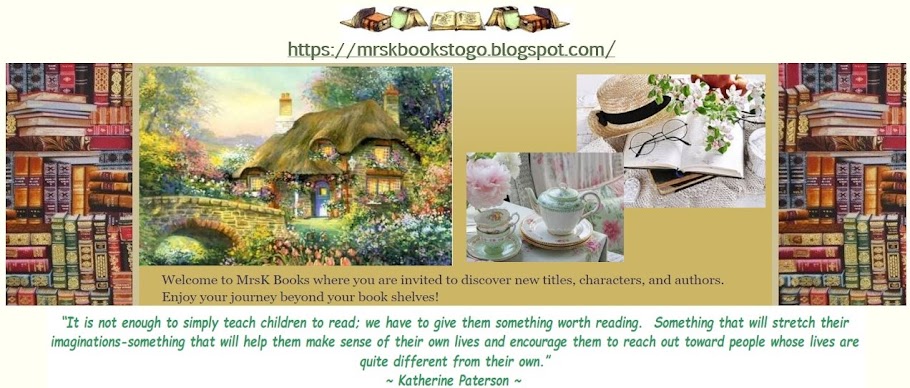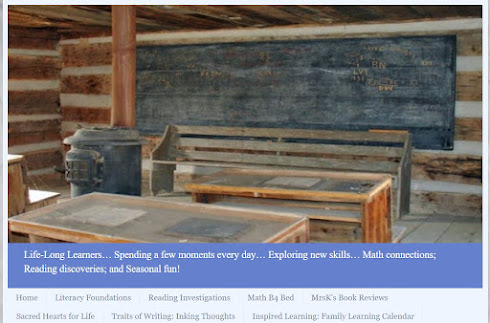
ISBN: 9781419712180
Net Galley Synopsis:
Frank Einstein loves figuring out how the world works by creating household contraptions that are part science, part imagination, and definitely unusual. After an uneventful experiment in his garage-lab, a lightning storm and flash of electricity bring Frank’s inventions—the robots Klink and Klank—to life! Not exactly the ideal lab partners, the wisecracking Klink and the overly expressive Klank nonetheless help Frank attempt to perfect his Antimatter Motor . . . until Frank’s archnemesis, T. Edison, steals Klink and Klank for his evil doomsday plan! Using real science, Jon Scieszka has created a unique world of adventure and science fiction—an irresistible chemical reaction for middle-grade readers.
Frank Einstein loves figuring out how the world works by creating household contraptions that are part science, part imagination, and definitely unusual. After an uneventful experiment in his garage-lab, a lightning storm and flash of electricity bring Frank’s inventions—the robots Klink and Klank—to life! Not exactly the ideal lab partners, the wisecracking Klink and the overly expressive Klank nonetheless help Frank attempt to perfect his Antimatter Motor . . . until Frank’s archnemesis, T. Edison, steals Klink and Klank for his evil doomsday plan! Using real science, Jon Scieszka has created a unique world of adventure and science fiction—an irresistible chemical reaction for middle-grade readers.
MrsK's Review:
I first met this incredibly chaotic author when the book The Stinky-Cheese Man and Other Fairly Stupid Fairy Tales was first published. Which proved to be such a delightfully zany evening. My daughter was so opposed to the re-telling of The Really Ugly Duckling that both Jon and Zane Smith (illustrator) made their dedication to her. A story by the way that I continue to share with all my grandchildren and students.
In this zany story you will meet Frank, a young sci-guy and inventor. He is currently working on a "robot that will be able to think, learn, and become smarter and smarter..." which was only needing some lightning power for it to come alive. Oops... a power outage brings Grandpa Al down into Frank's laboratory. Given that power surge and the robot blowing up, Frank abandons his science project for the evening not knowing that the robots hands would be energized and capable of completing Frank's design, with additional design components and modifications.
The next morning, Frank awakens to the smell of pancakes and enters into the halls of science. Scientific areas of study and innovations which his Grandpa Al designed for a more scientific minded decor. Once breakfast is completed... Frank heads into his lab only to hear an electronic voice answering his self-talking inquiries.
Klink is a self-assembled artifical-intelligence entity, with in the design of a shop vacuum. Whom by the way has also created and programmed Klank (a metal trash can) now to be known as Klink's assistant. These characters are creative and intelligent, yet they are quite without training, if you can imagine what a toddler set loose would be like... that would be the type of "zest" for new discoveries these two have. I don't know for sure, but I think Klink is a bit like his creator Mr. Scieszka.
The interchanges between sci-fi innovations, witty conversations, zany twists and turns, and references to scientific resources is a winning combination. Humor and science ignites a desire to be creative and start designing your own inventions...
Enjoy reading and re-reading this great new series...
MrsK

Is one of the sci-fi connections that Frank has been reading. Isaac Asimov
Random House Synopsis:
I, ROBOT turns the world of science fiction literature on its head. Rather than telling the typical tale of a humanoid machine run amok (e.g., Terminator), SFWA Grand Master Isaac Asimov asks readers to imagine a world where robots protect us from our own worst nature. Beginning with a simple story about the relationship between a little girl and a limited-function robot, I Robot moves on to explore, in subsequent stories, increasingly sophisticated thoughts, questions, and moral complexities. In the process the book reveals Asimov’s overarching vision of a future that entangles inextricably the humans and the machines.
The stories grew from Asimov’s opinion that anyone smart enough to create robots would be smart enough to make sure that those robots wouldn’t attack their makers. Conceived by Asimov as the Three Laws of Robotics–essential laws built into the robots’ inner workings–these Laws freed science fiction writers to develop robots as characters instead of portraying them as monstrous things.
The next morning, Frank awakens to the smell of pancakes and enters into the halls of science. Scientific areas of study and innovations which his Grandpa Al designed for a more scientific minded decor. Once breakfast is completed... Frank heads into his lab only to hear an electronic voice answering his self-talking inquiries.
Klink is a self-assembled artifical-intelligence entity, with in the design of a shop vacuum. Whom by the way has also created and programmed Klank (a metal trash can) now to be known as Klink's assistant. These characters are creative and intelligent, yet they are quite without training, if you can imagine what a toddler set loose would be like... that would be the type of "zest" for new discoveries these two have. I don't know for sure, but I think Klink is a bit like his creator Mr. Scieszka.
The interchanges between sci-fi innovations, witty conversations, zany twists and turns, and references to scientific resources is a winning combination. Humor and science ignites a desire to be creative and start designing your own inventions...
Enjoy reading and re-reading this great new series...
MrsK
Is one of the sci-fi connections that Frank has been reading. Isaac Asimov
Random House Synopsis:
I, ROBOT turns the world of science fiction literature on its head. Rather than telling the typical tale of a humanoid machine run amok (e.g., Terminator), SFWA Grand Master Isaac Asimov asks readers to imagine a world where robots protect us from our own worst nature. Beginning with a simple story about the relationship between a little girl and a limited-function robot, I Robot moves on to explore, in subsequent stories, increasingly sophisticated thoughts, questions, and moral complexities. In the process the book reveals Asimov’s overarching vision of a future that entangles inextricably the humans and the machines.
The stories grew from Asimov’s opinion that anyone smart enough to create robots would be smart enough to make sure that those robots wouldn’t attack their makers. Conceived by Asimov as the Three Laws of Robotics–essential laws built into the robots’ inner workings–these Laws freed science fiction writers to develop robots as characters instead of portraying them as monstrous things.
Enjoyable read... funny... a must for every classroom and library shelf!
"I received this ebook for free from Net Galley for this review."





No comments:
Post a Comment